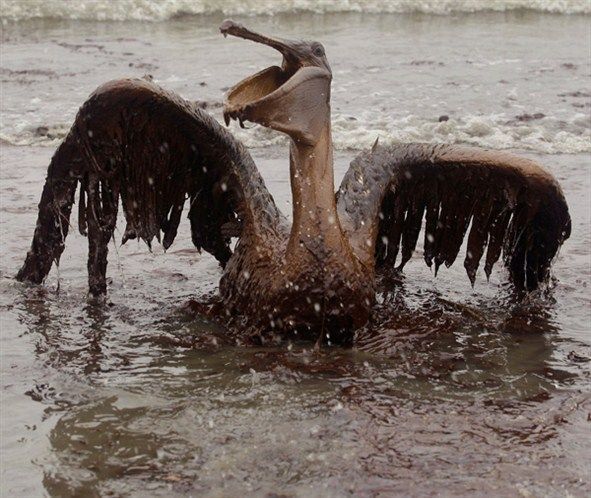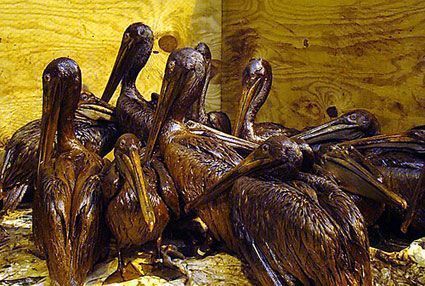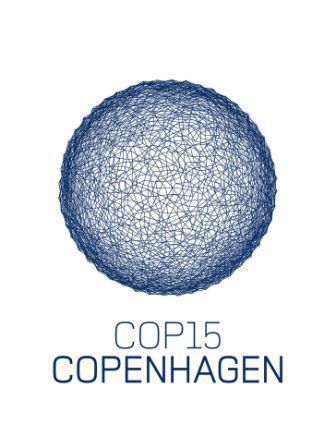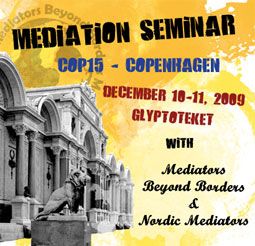
Near the mouth of the Mississippi River, oil soaked pelicans, one-by one, are getting cleaned up, fed, and returned to the wild. A volunteer from Sonoma County explains the process.

As Executive Director of the Sonoma County Bird Rescue Center, Doris Duncan (seen below in the process of hosing down an oily pelican in Louisiana) has considerable experience working with large seabirds. She says the same is true of everyone at the cleaning facility that was hastily erected at the historic site of Fort Jackson.
 The majority of the rescued birds are large brown pelicans, such as those seen in this holding pen. Duncan says they are fed and protected while awaiting their turn to be cleaned.
The majority of the rescued birds are large brown pelicans, such as those seen in this holding pen. Duncan says they are fed and protected while awaiting their turn to be cleaned.

Thirty-four years after Christo’s Running Fence snaked across the North Bay’s coastal landscape into the Pacific, the unique and short-lived artwork is still fondly recalled by most of those who played a part in its creation.
 The large and unexpected projects envisioned and executed by Christo and Jeanne-Claude may not fit some conventional definitions of art, says documentary filmmaker Wolfram Hissen, but they certainly strike a chord with a huge number of people.
The large and unexpected projects envisioned and executed by Christo and Jeanne-Claude may not fit some conventional definitions of art, says documentary filmmaker Wolfram Hissen, but they certainly strike a chord with a huge number of people.
Some of the friendships that developed during the Running Fence project proved to be deep and enduring, Hissen discovered, despite the broad differences between the artists and the ranchers.
 After the Running Fence was taken down, each landowner got to keep the materials that had been part of it. Some used the poles and hardware in other construction projects, while the thousands of yards of while canvass was generally harder to reuse. One exception ot that was this jacket, made by Amelia Bruhn, and shown at the 33 year anniversary gathering in 2009 that became a substantial part of Wolfram Hissen's new documentary. See the trailer for the film below:
After the Running Fence was taken down, each landowner got to keep the materials that had been part of it. Some used the poles and hardware in other construction projects, while the thousands of yards of while canvass was generally harder to reuse. One exception ot that was this jacket, made by Amelia Bruhn, and shown at the 33 year anniversary gathering in 2009 that became a substantial part of Wolfram Hissen's new documentary. See the trailer for the film below:
[video:http://www.youtube.com/watch?v=nBVpgN4JAsE 360x240]
In addition to the showing tonight in Occidental, The Running Fence Revisited will also be screened on the evenings of June 24 and 25 at the Charles M. Schulz Museum in Santa Rosa.

The Business Cluster at Sonoma Mountain Village, an incubator for green entrepreneurs, is getting a boost from the state's Innovation Hub (iHub) initiative for new companies intended to become a prime source for new, local jobs.

Sustainability looks beyond energy use and building materials, adds Geof Syphers. He notes that part of their systemic focus at Sonoma Mountain Village, the former Agilent campus on the southern edge of Rohnert Park, is on water.

The business cluster at Sonoma Mountain Village was one of the first elements of their 200 acre redevelopment project to get up and running, in part because it could make use of existing buildings there, explains Chief Sustainability Officer Geof Syphers. But he is also looking ahead to the new residential construction that will dramatically transform the site.

The full roster of Business Cluster members is available here.

 Among the many groups at the Copenhagen climate conference last winter was Mediators Beyond Borders, who were there to lobby for including mediation in the framework for resolving disputes over resource scarcities as the world attempts to deal with climate change.
Among the many groups at the Copenhagen climate conference last winter was Mediators Beyond Borders, who were there to lobby for including mediation in the framework for resolving disputes over resource scarcities as the world attempts to deal with climate change.

Just getting everyone to join in the process at the COP 15 conference in Copenhagen was a considerable accomplishment, observes Camelia Patino, adding that it’s an arena ripe for a larger role to be played by Mediators Beyond Borders as the dialog goes forward.

Mediation isn’t just for family or business disputes. It can also be applied to tribal or international conflicts, and the organization called Mediators Beyond Borders was created to do just that.

One challenge frequently encountered in mediation, explains Camelia Patino, is a need to “level the playing field” among the participants

 Live Radio
Live Radio
